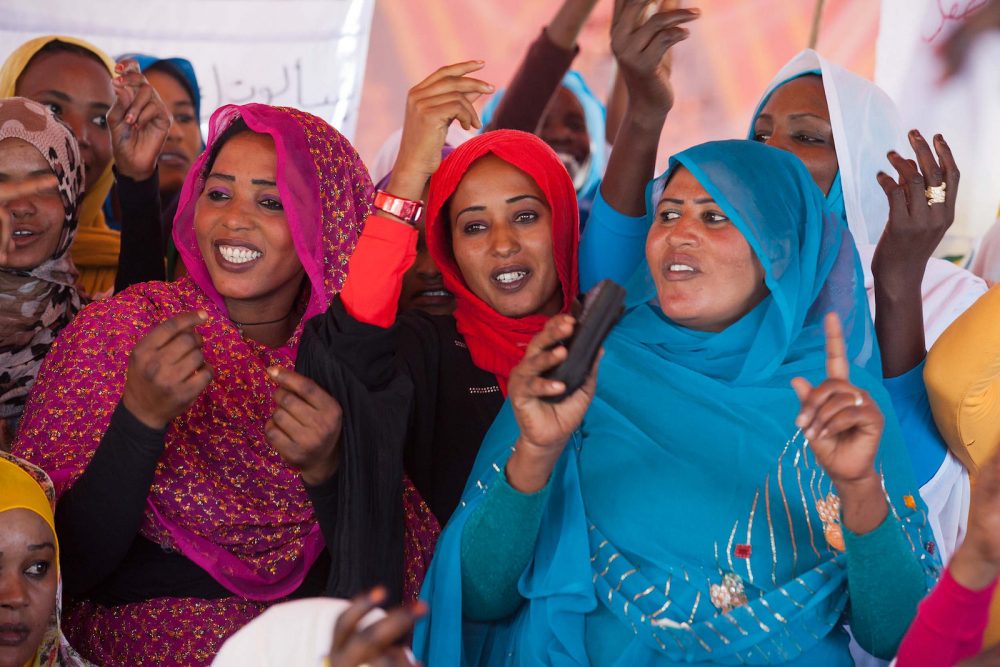I live in the Sahel, a semiarid region stretching across Africa just south of the Sahara desert. My daily uniform here is called a lafai, a thin sheet of starched fabric fifteen feet long and five feet wide.
A lafai isn’t the easiest thing to wear. First I tie it on my shoulders with two knots. I swoop the rest of the fabric around to my back, floating it over my head and pulling an edge down to cover my hair. Then I swing it across my front and flick the end over my shoulder. Wrapped in this billowing fabric, I feel like a human-sized ball of cotton candy with hands and feet.
Wearing a freshly starched lafai may not feel flattering. But a “nyaush” or two makes it worth it.
Lafais come in all sorts of colors and patterns, from cheap Chinese-imported prints to intricate tie-dyed tapestries. Many local women pass the time by making their own lafais, needling designs into folded bolts of white fabric. Sometimes they use geometric shapes unique to their home villages. Or they try a motif that has just hit the sandy runways of the Sahel. Once dyed and stretched open, the material displays beautiful tie-dyed patterns.
Wearing a freshly starched lafai may not feel flattering. But a “nyaush” or two makes it worth it.
Nyaush is what local women say to compliment each other. Think of it as a condensed version of high-pitched praise you might hear a lady in the grocery line say to another: “Mmm, honey, that dress looks so good on you.”
Getting nyaushed is great. So I wear my blazing orange lafai—the new one with intricate spirals. The pattern is called zenga zenga, a name drawn from words in a government official’s recent speech. (Who says fashion isn’t political?)
Smart shoes, a matching purse, and blingy earrings accessorize my zenga zenga lafai, which is a little too stiff thanks to the launderer’s heavy handedness with the starch.
To keep sudden gusts from lifting the material like a kite, I clamp the lafai to the top of my head with a pair of cheap sunglasses. I stay on-trend by putting them on upside down.
Dressing like a cotton candy orb on fire is worth a few good nyaushes.
I stop on the street to buy freshly deep-fried sweet dough called beignets. As I adjust my upside-down sunglasses, a woman passing by looks me up and down, smiles, and declares, “Nyaush!”
I smile back and decide that dressing like a cotton candy orb on fire is worth a few good nyaushes.
High nyaush ratings are great. They’re proof that I’m getting it right—that I’m figuring out how to present myself to local women and that they approve of my fashion sense.
And while I’m not here for the fashion, it opens doors into Muslim women’s lives, leading to opportunities to share Jesus.
Please pray for my friends and neighbors, that they will approve of the Good News—just as they approve of my nyaushy style. Pray they receive the message of Christ as good—and accept Him as King and Savior.
And fashionistas, the next time you see a tastefully dressed Muslim woman in the grocery line, thank God for giving you an open door—and start the conversation by offering her the English equivalent of “Nyaush!”
This account comes from a long-term worker.
Main photo by UNAMID
